
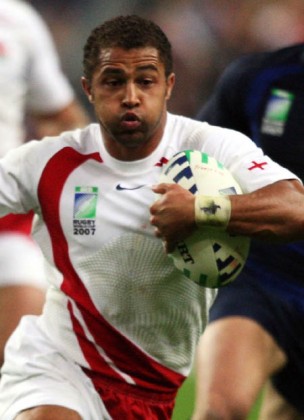 Picking this team of World Cup winners from the seven tournaments that have been played was not an easy task, simply because there are so many exceptional performers to choose from. In the end, after much agonising, I have selected this team by following a couple of simple yard sticks. They are the players that I would have most enjoyed playing with, and, in my opinion, they were the best in their positions at the time they played in their respective World Cup-winning sides.
Picking this team of World Cup winners from the seven tournaments that have been played was not an easy task, simply because there are so many exceptional performers to choose from. In the end, after much agonising, I have selected this team by following a couple of simple yard sticks. They are the players that I would have most enjoyed playing with, and, in my opinion, they were the best in their positions at the time they played in their respective World Cup-winning sides.
But not every giant of the game wins a World Cup.
Look at soccer and the missing names on the rota like George Best, Johan Cruyff, Cristiano Ronaldo and Lionel Messi.
That’s how I view many of the men selected in my Best of the Rest. Where was there a more thrilling full-back than Serge Blanco, a more devastating runner than Jonah Lomu, a more destructive prop than Carl Hayman?
What a match-up these two teams would provide – if these two packs kicked off, the pay per view value would be bigger than Mayweather v Pacquiao fight earlier this year and certainly much better value.
Without doubt I would struggle to choose which team to play for as one is as good as the other overall. I would lean towards pairing up with Tim Horan who I had many a good encounter against and played with a couple of times for a World XV against the All Blacks back in the 90s. His defence was formidable, pound for pound he was as hard as Frank Bunce, I needed a good committed tackler inside me because they had to do mine as well!
If looked across the way and saw Lomu plus Rupeni Caucaunibuca coming in my direction then I would definitely be looking for some serious support.
I’ve had the joy of playing with Lomu and the nervous excitement of playing against him and I much prefer the joy!
His pace of the mark was blistering, he could run through a gap in defence as soon as he had seen it and generally quicker than the defender could cover.
I would have loved to have played in the same backline as Jonathan Davies at fly-half, with his acceleration and speed he would have kept inside defensives busy allowing the outside backs to use all the space left wide.
I can only imagine watching two teams like this going out and playing without the pressures of results would be a huge spectacle but also highly competitive because these players were winners with an overwhelming desire to be the best as these players have enormous pride.
Both sets of forwards have the grunt to make the scrums as fiery a contest as you could find, the lineout has jumpers a skilful and subtle as basketball stars in the states.
A player that will make one of these lineups in four years is All Black lock Brodie Retallick. He is as brilliant as a Martin Johnson, and like a lot of players in these teams, he is a prototype of the future. His abilities far extend beyond the normal of what is expected from a modern day second row. His physical attributes and mental capacity enable him to run for 80 minutes and perform at elite level.
He tackles like a back-row, has the tactics of the best scrum-halts and the passing ability of a stand-off, that’s the next level of what special forwards have to produce.
15. John Gallagher (New Zealand 1987)
In terms of a traditional full-back hitting the line, Gallagher did it as well as any No.15 I have seen. He was elusive, and very quick, and the way the All Blacks brought him into the line was not just a joy to watch, but it must have been a fantastic feeling for Gallagher because it was making the most of a great talent.
He was not the greatest defender, but in that 1987 New Zealand side he did not have to defend much anyway.
14. Jason Robinson (England 2003, above)
Robinson was a superstar in Rugby Union and Rugby League, but it took him half the time to become a household name when he came over to the fifteen-a-side code. He left as one of the true greats, and as the biggest cross-code success in professional Rugby Union.
His speed over anything from 0 to 35 metres was quicker than anything I’ve seen, and his ability to work a 5-metre channel and leave defenders on their backsides with his changes of direction was incredible.
13. Conrad Smith (New Zealand 2011)
Arguably one of the best outside centres there has been who provides the foil for the New Zealand stars to shine. Smith quietly goes about his business, is deceptively quick and strong and shows that you don’t have to be a 15stone plus centre to have an impact these days.
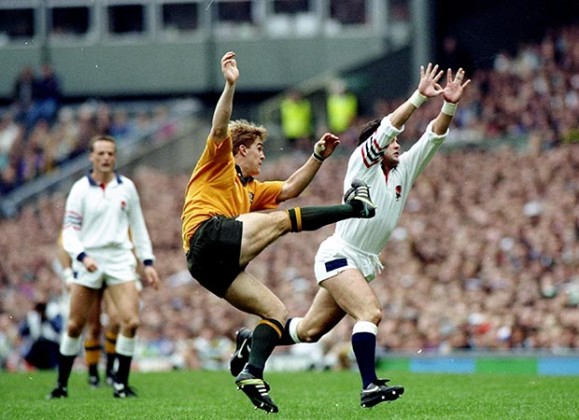 12.Tim Horan (Australia 1991 and 1999, right)
12.Tim Horan (Australia 1991 and 1999, right)
Winning two World Cups tells it all. He was a pocket battleship with electric pace, and very tough. He tackled extremely hard for a small man, and in terms of pound-for-pound strength was like Scott Gibbs. One of the best, and in 1999 came back from a knee reconstruction to be the player of the tournament.
11.David Campese (Australia 1991)
You cannot say more about him than he’s already said about himself, but Campese is one of the most gifted players every to pull on a pair of rugby boots. For pure talent and instinct he is up there with Gareth Edwards and Jonah Lomu – that is how much impact he had on the game. Campo did not have exceptional pace, but his timing, running lines and skill, in terms of passing and kicking, were extraordinary.
10. Jonny Wilkinson (England 2003)
In his prime he was a phenomenon, especially in his ability to handle pressure and kick goals and drop-goals. The best backrowers in the world would love to have his tackling ability, and although he is not known for his line-breaks his passing is as good as any fly-half in the world.
9. Joost van der Westhuizen (South Africa 1995)
When you looked into Joost’s eyes they were those of a winner – there was such intensity and determination that you felt he would never be on the losing side. He was a big man for a scrum-half, and was strong and fast. He was also tenacious and scored an amazing number of tries for a No.9. A real Test match animal.
8. Buck Shelford (New Zealand 1987)
A true warrior, and one of those players you would have loved to play with. He did the basics incredibly well, and was a very fit, powerful unit. He was not the tallest No. 8 but he had huge presence and will-to-win, and it is why he became a great All Black captain.
7. Michael Jones (New Zealand 1987)
He was one of those remarkable athletes who did everything supremely well and made it look easy. He is one of the all time great openside flankers, and it was fitting when he scored the first ever try in a Rugby World Cup in the opening game of the 1987 tournament against Italy. He is also a man of great integrity, who gained admiration for sticking to his religious beliefs and not playing on Sundays.
 6. Richard Hill (England 2003, far left)
6. Richard Hill (England 2003, far left)
He did not get the plaudits because he was not in one of the glamour positions, but he deserves to be there because he was the best in his position in his era. His work-rate was phenomenal, and it is why you hear the likes of Sir Clive Woodward and Martin Johnson saying he was one of the first names on the team sheet. He was that good.
5. John Eales (Australia 1991 and 1999)
No-one thought that such a lanky string-bean of a bloke could become one of the world’s best, and he was famously called “the arty farty student” by Wade Dooley. What he lacked in weight, he made up for by being a great athlete with a huge appetite for hard work – and, if that wasn’t enough, he also took over the goal kicking.
4. Martin Johnson (England 2003)
An amazing leader who consistently performed well. Johnson pushed the boundaries to the limit, not just in terms of the laws of the game, but also in terms of what was expected from second row forwards. He got better and better at lock as his career went on, and there was never a game when he did not play with total commitment.
3.Phil Vickery (England 2003)
Big and mobile, he helped to re-write the script for modern props. He always did his job in the scrum, but he was at his best around the field as a ball-carrier and tackler. He made a big impact as part of a great England front row trio alongside Steve Thompson and Trevor Woodman.
2. Sean Fitzpatrick (New Zealand 1987)
Showed his ability and his confidence when, as a young man, he kept Andy Dalton, a former All Black captain, out of the New Zealand side. A truly gritty competitor who never seemed to have a poor game, or get injured. He always found a way to stay at the top and get an edge.
1. Steve McDowell (New Zealand 1987)
McDowell was the super-fit prototype for the modern prop, and others followed where he blazed the trail. His trademark was scrummaging opponents into the ground and then getting around the pitch like a back row forward.


British and Irish Lions
Charlie Elliott: The 17 backs I would select for the British and Irish Lions

British and Irish Lions
Charlie Elliott: The 21 forwards I would select for the British and Irish Lions squad



















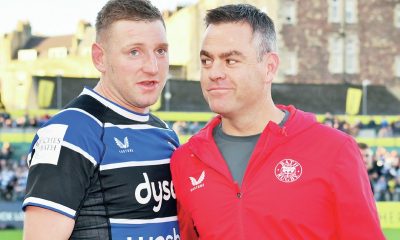

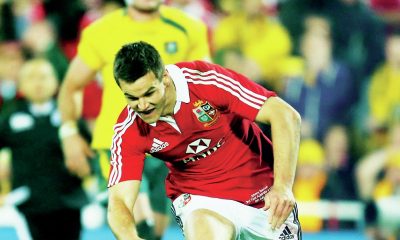

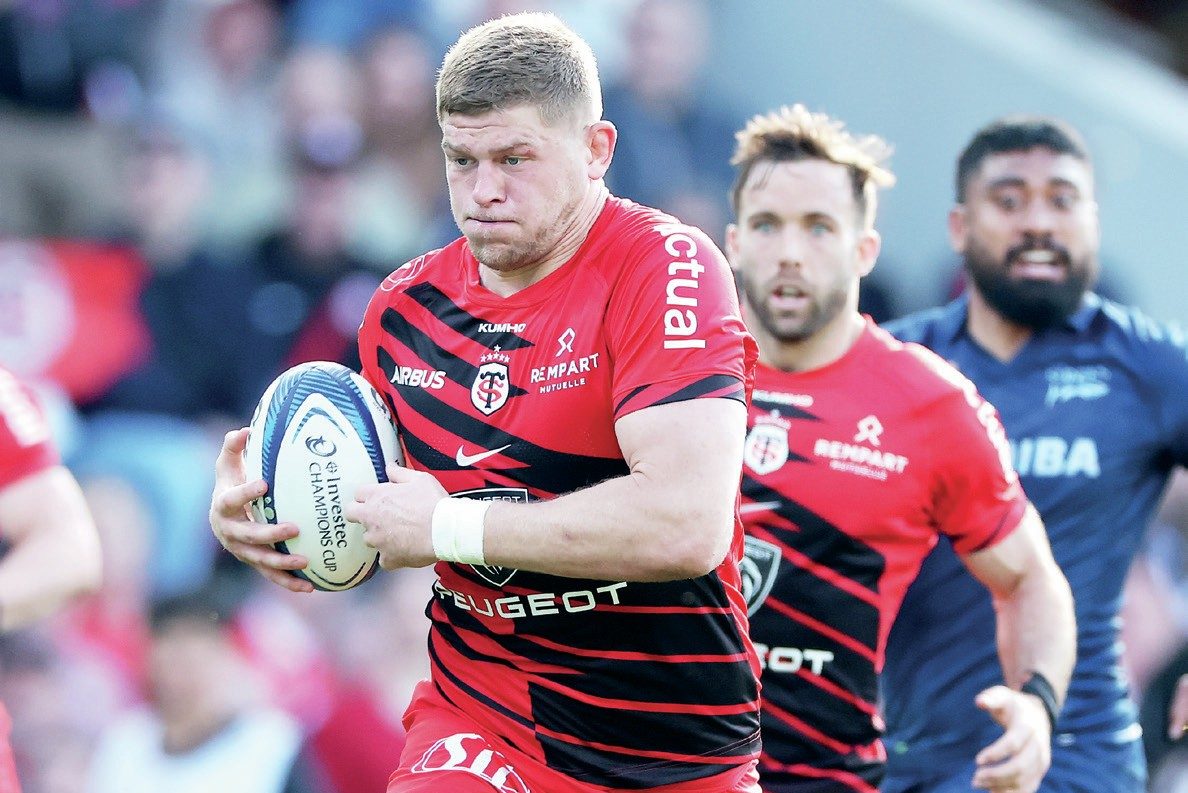
You must be logged in to post a comment Login